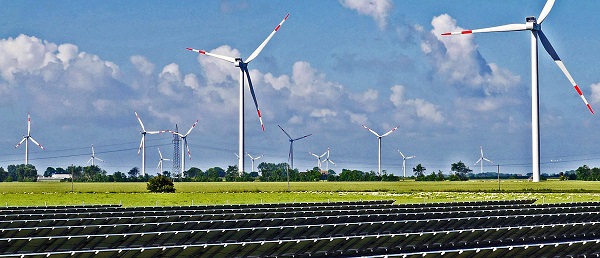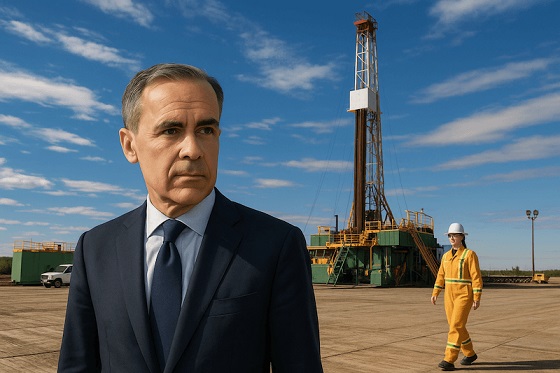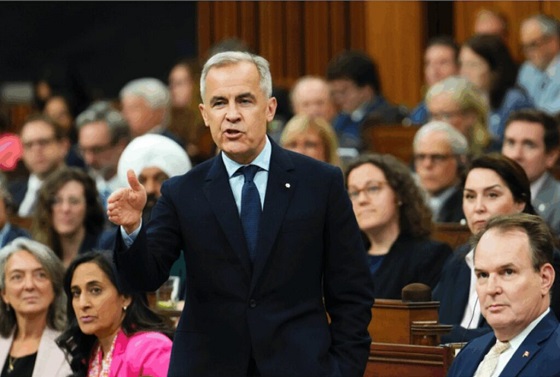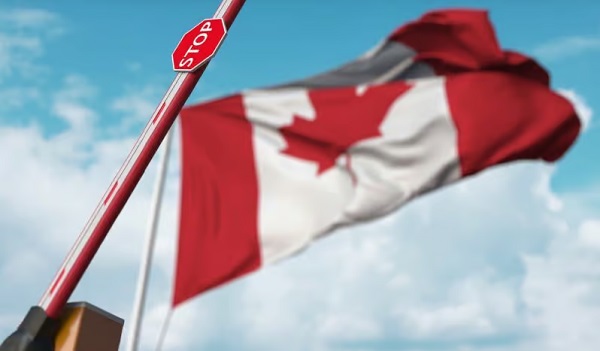Uncategorized
Anxiety abounds at NASA as Mars landing day arrives

CAPE CANAVERAL, Fla. — A NASA spacecraft’s six-month journey to Mars neared its dramatic grand finale Monday in what scientists and engineers hoped would be a soft precision landing on flat red plains.
The InSight lander aimed for an afternoon touchdown, as anxiety built among those involved in the $1 billion international effort.
InSight’s perilous descent through the Martian atmosphere, after a trip of 300 million miles (482 million
The robotic geologist — designed to explore Mars’ mysterious insides — must go from 12,300 mph (19,800 kph) to zero in six minutes flat as it pierces the Martian atmosphere, pops out a parachute, fires its descent engines and, hopefully, lands on three legs.
“Landing on Mars is one of the hardest single jobs that people have to do in planetary exploration,” noted InSight’s lead scientist, Bruce Banerdt. “It’s such a difficult thing, it’s such a dangerous thing that there’s always a fairly uncomfortably large chance that something could go wrong.”
Earth’s success rate at Mars is 40
But the U.S. has pulled off seven successful Mars landings in the past four decades. With only one failed touchdown, it’s an enviable record. No other country has managed to set and operate a spacecraft on the dusty red surface.
InSight could hand NASA its eighth win.
It’s shooting for Elysium Planitia, a plain near the Martian equator that the InSight team hopes is as flat as a parking lot in Kansas with few, if any, rocks. This is no rock-collecting expedition. Instead, the stationary 800-pound (360-kilogram) lander will use its 6-foot (1.8-meter) robotic arm to place a mechanical mole and seismometer on the ground.
The self-hammering mole will burrow 16 feet (5
No experiments have ever been moved robotically from the spacecraft to the actual Martian surface. No lander has dug deeper than several inches, and no seismometer has ever worked on Mars.
By examining the deepest, darkest interior of Mars — still preserved from its earliest days — scientists hope to create 3D images that could reveal how our solar system’s rocky planets formed 4.5 billion years ago and why they turned out so different. One of the big questions is what made Earth so hospitable to life.
Mars once had flowing rivers and lakes; the deltas and lakebeds are now dry, and the planet cold. Venus is a furnace because of its thick, heat-trapping atmosphere. Mercury, closest to the sun, has a surface that’s positively baked.
The planetary know-how gained from InSight’s two-year operation could even spill over to rocky worlds beyond our solar system, according to Banerdt. The findings on Mars could help explain the type of conditions at these so-called exoplanets “and how they fit into the story that we’re trying to figure out for how planets form,” he said.
Concentrating on planetary building blocks, InSight has no life-detecting capability. That will be left for future rovers. NASA’s Mars 2020 mission, for instance, will collect rocks for eventual return that could hold evidence of ancient life.
Because it’s been so long since NASA’s last Martian landfall — the Curiosity rover in 2012 — Mars mania is gripping not only the space and science communities, but everyday folks.
Viewing parties are planned coast to coast at museums, planetariums and libraries, as well as in France, where InSight’s seismometer was designed and built. The giant NASDAQ screen in New York’s Times Square will start broadcasting NASA Television an hour before InSight’s scheduled 3 p.m. EST touchdown; so will the National Air and Space Museum’s Udvar-Hazy Center in Chantilly, Virginia, and the Denver Museum of Nature and Science. The InSight spacecraft was built near Denver by Lockheed Martin.
But the real action, at least on Earth, will unfold at NASA’s Jet Propulsion Laboratory in Pasadena, California, home to InSight’s flight control team. NASA is providing a special 360-degree online broadcast from inside the control
Confirmation of touchdown could take minutes — or hours. At the minimum, there’s an eight-minute communication lag between Mars and Earth.
A pair of briefcase-size satellites trailing InSight since liftoff in May will try to relay its radio signals to Earth, with a potential lag time of under nine minutes. These experimental CubeSats will fly right past the red planet without stopping. Signals also could travel straight from InSight to radio telescopes in West Virginia and Germany. It will take longer to hear from NASA’s Mars orbiters.
Project manager Tom Hoffman said Sunday he’s trying his best to stay outwardly calm as the hours tick down. Once InSight phones home from the Martian surface, though, he expects to behave much like his three young grandsons did at Thanksgiving dinner, running around like crazy and screaming.
“Just to warn anybody who’s sitting near me … I’m going to unleash my inner 4-year-old on you, so be careful,” he said.
___
For AP’s complete coverage of the Mars landing: https://apnews.com/MarsLanding
___
The Associated Press Health & Science Department receives support from the Howard Hughes Medical Institute’s Department of Science Education. The AP is solely responsible for all content.
Marcia Dunn, The Associated Press
Uncategorized
Cost of bureaucracy balloons 80 per cent in 10 years: Public Accounts
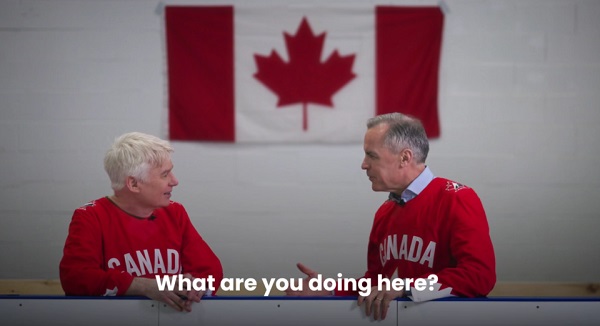
The cost of the bureaucracy increased by $6 billion last year, according to newly released numbers in Public Accounts disclosures. The Canadian Taxpayers Federation is calling on Prime Minister Mark Carney to immediately shrink the bureaucracy.
“The Public Accounts show the cost of the federal bureaucracy is out of control,” said Franco Terrazzano, CTF Federal Director. “Tinkering around the edges won’t cut it, Carney needs to take urgent action to shrink the bloated federal bureaucracy.”
The federal bureaucracy cost taxpayers $71.4 billion in 2024-25, according to the Public Accounts. The cost of the federal bureaucracy increased by $6 billion, or more than nine per cent, over the last year.
The federal bureaucracy cost taxpayers $39.6 billion in 2015-16, according to the Public Accounts. That means the cost of the federal bureaucracy increased 80 per cent over the last 10 years. The government added 99,000 extra bureaucrats between 2015-16 and 2024-25.
Half of Canadians say federal services have gotten worse since 2016, despite the massive increase in the federal bureaucracy, according to a Leger poll.
Not only has the size of the bureaucracy increased, the cost of consultants, contractors and outsourcing has increased as well. The government spent $23.1 billion on “professional and special services” last year, according to the Public Accounts. That’s an 11 per cent increase over the previous year. The government’s spending on professional and special services more than doubled since 2015-16.
“Taxpayers should not be paying way more for in-house government bureaucrats and way more for outside help,” Terrazzano said. “Mere promises to find minor savings in the federal bureaucracy won’t fix Canada’s finances.
“Taxpayers need Carney to take urgent action and significantly cut the number of bureaucrats now.”
Table: Cost of bureaucracy and professional and special services, Public Accounts
| Year | Bureaucracy | Professional and special services |
|
$71,369,677,000 |
$23,145,218,000 |
|
|
$65,326,643,000 |
$20,771,477,000 |
|
|
$56,467,851,000 |
$18,591,373,000 |
|
|
$60,676,243,000 |
$17,511,078,000 |
|
|
$52,984,272,000 |
$14,720,455,000 |
|
|
$46,349,166,000 |
$13,334,341,000 |
|
|
$46,131,628,000 |
$12,940,395,000 |
|
|
$45,262,821,000 |
$12,950,619,000 |
|
|
$38,909,594,000 |
$11,910,257,000 |
|
|
$39,616,656,000 |
$11,082,974,000 |
Uncategorized
Trump Admin Establishing Council To Make Buildings Beautiful Again
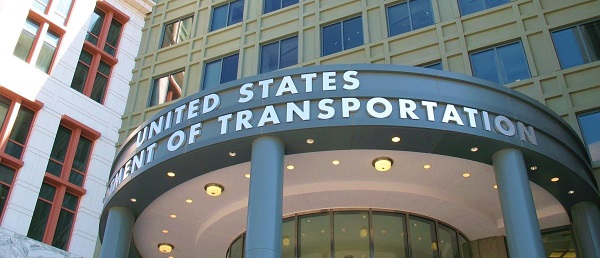

From the Daily Caller News Foundation
By Jason Hopkins
The Trump administration is creating a first-of-its-kind task force aimed at ushering in a new “Golden Age” of beautiful infrastructure across the U.S.
The Department of Transportation (DOT) will announce the establishment of the Beautifying Transportation Infrastructure Council (BTIC) on Thursday, the Daily Caller News Foundation exclusively learned. The BTIC seeks to advise Transportation Secretary Sean Duffy on design and policy ideas for key infrastructure projects, including highways, bridges and transit hubs.
“What happened to our country’s proud tradition of building great, big, beautiful things?” Duffy said in a statement shared with the DCNF. “It’s time the design for America’s latest infrastructure projects reflects our nation’s strength, pride, and promise.”
“We’re engaging the best and brightest minds in architectural design and engineering to make beautiful structures that move you and bring about a new Golden Age of Transportation,” Duffy continued.
Mini scoop – here is the DOT’s rollout of its Beautifying Transportation Infrastructure Council, which will be tasked with making our buildings beautiful again. pic.twitter.com/
9iV2xSxdJM — Jason Hopkins (@jasonhopkinsdc) October 23, 2025
The DOT is encouraging nominations of the country’s best architects, urban planners, artists and others to serve on the council, according to the department. While ensuring that efficiency and safety remain a top priority, the BTIC will provide guidance on projects that “enhance” public areas and develop aesthetic performance metrics.
The new council aligns with an executive order signed by President Donald Trump in August 2025 regarding infrastructure. The “Making Federal Architecture Beautiful Again” order calls for federal public buildings in the country to “respect regional architectural heritage” and aims to prevent federal construction projects from using modernist and brutalist architecture styles, instead returning to a classical style.
“The Founders, in line with great societies before them, attached great importance to Federal civic architecture,” Trump’s order stated. “They wanted America’s public buildings to inspire the American people and encourage civic virtue.”
“President George Washington and Secretary of State Thomas Jefferson consciously modeled the most important buildings in Washington, D.C., on the classical architecture of ancient Athens and Rome,” the order continued. “Because of their proven ability to meet these requirements, classical and traditional architecture are preferred modes of architectural design.”
The DOT invested millions in major infrastructure projects since Trump’s return to the White House. Duffy announced in August a $43 million transformation initiative of the New York Penn Station in New York City and in September unveiledmajor progress in the rehabilitation and modernization of Washington Union Station in Washington, D.C.
The BTIC will comprise up to 11 members who will serve two-year terms, with the chance to be reappointed, according to the DOT. The task force will meet biannually. The deadline for nominations will end Nov. 21.
-

 Crime2 days ago
Crime2 days agoBrown University shooter dead of apparent self-inflicted gunshot wound
-

 Alberta1 day ago
Alberta1 day agoAlberta’s new diagnostic policy appears to meet standard for Canada Health Act compliance
-
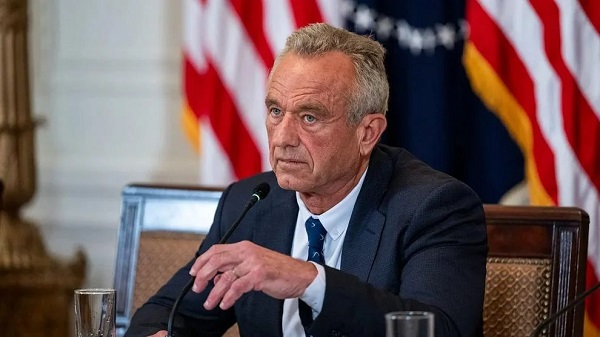
 Health1 day ago
Health1 day agoRFK Jr reversing Biden-era policies on gender transition care for minors
-

 Censorship Industrial Complex1 day ago
Censorship Industrial Complex1 day agoCanadian university censors free speech advocate who spoke out against Indigenous ‘mass grave’ hoax
-
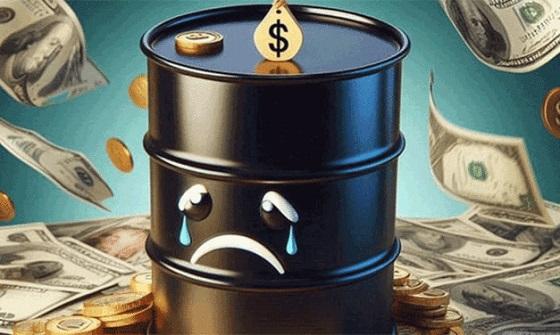
 Business20 hours ago
Business20 hours agoGeopolitics no longer drives oil prices the way it used to
-

 Business20 hours ago
Business20 hours agoArgentina’s Milei delivers results free-market critics said wouldn’t work
-

 COVID-191 day ago
COVID-191 day agoFreedom Convoy protester appeals after judge dismissed challenge to frozen bank accounts
-

 Business20 hours ago
Business20 hours agoDeadlocked Jury Zeroes In on Alleged US$40 Million PPE Fraud in Linda Sun PRC Influence Case




